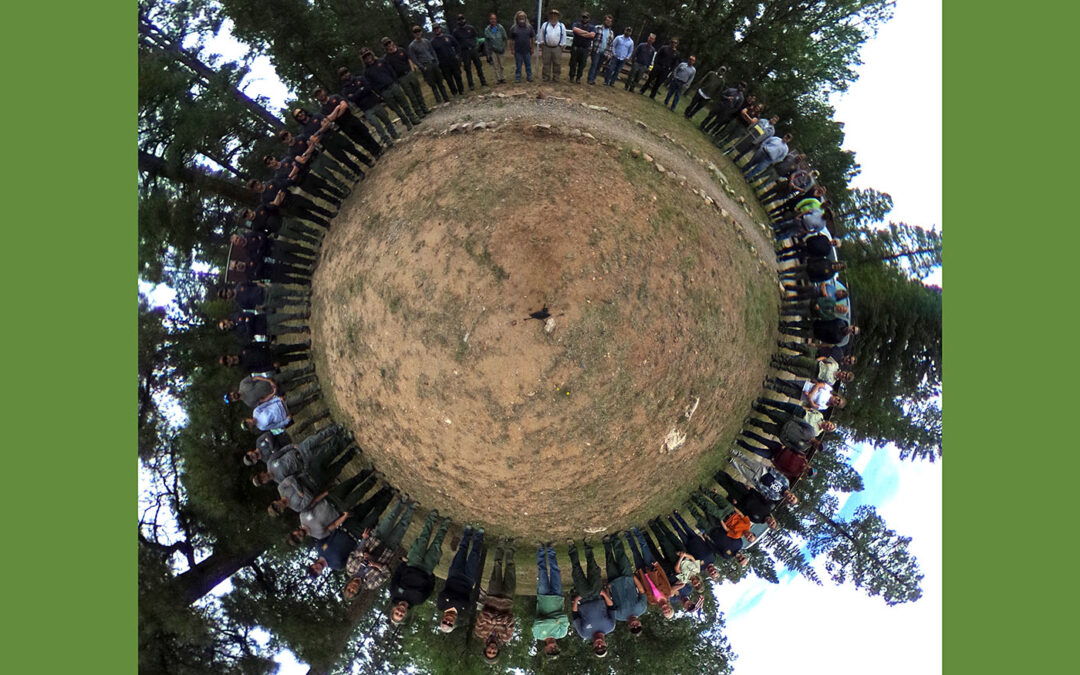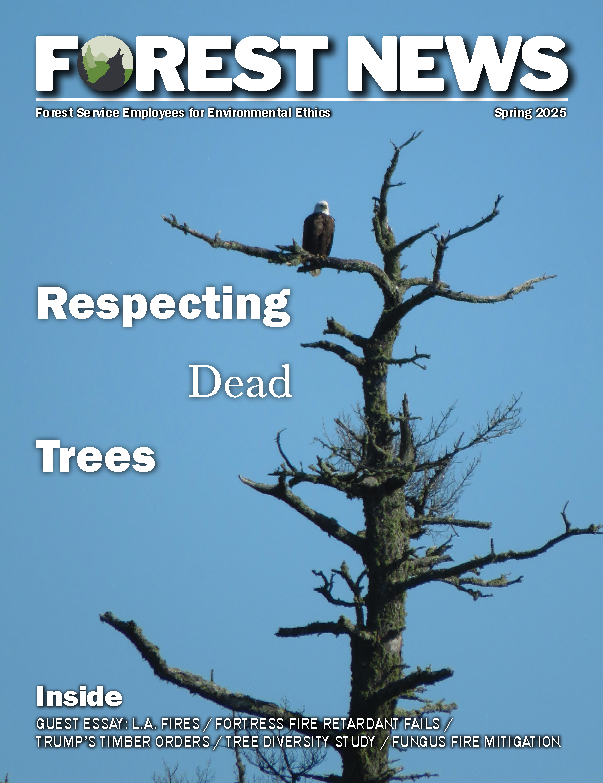During his first term, President Trump signed into law the 30,000-acre Devil’s Staircase Wilderness, an Oregon coastal rainforest. President Biden, on the other hand, added zero national forest acres to the wilderness system. During Trump’s first term, the Forest Service sold an average of 3 billion board feet of timber annually. During Biden’s term, the Forest Service sold an average of … wait for it … 3 billion board feet per year.
In his first term, President Trump signed Executive Order (EO) 13855 to promote “active management” of forests to “reduce wildfire risk.” Although President Biden repealed many of Trump’s orders, he left in place EO 13855; in fact, Biden did his best to implement Trump’s active management edict.
So what will Trump version 2.0 mean for national forest policy? Although it’s still early days, the basic outline continues the Trump/Biden policies of the last eight years. Trump’s 2025 timber executive order breaks no new ground. It directs the Forest Service to streamline timber sale planning, under existing law, and instructs his subordinates to set an unspecified annual “target” for timber sales over the next four years.
The Forest Service’s response to the Trump order is classic passive-aggressive bureaucracy. On the one hand, the Chief’s office directive to field staff is long on rhetoric, e.g., “We enter a new era marked by pressing issues like a growing demand for domestic lumber and wildfire resilience.” In fact, U.S. softwood lumber consumption has been flat-lined for the past 5 years, while the (pre-tariff) forecast is for a modest 1% growth in 2025, at most. Nor is “wildfire resilience” a new issue; it’s been the Forest Service’s raison d’être for a quarter-century.
Most elegant, however, is the manner in which the Forest Service is implementing Trump’s directive. Instead of a four-year plan, the Forest Service directs its regional foresters to “develop five-year strategies” to ramp up timber offered annually by 25%, a target that isn’t slated to be evaluated until at least a year beyond the end of Trump’s tenure. If past is prologue, the Forest Service will fall short of this ambition, as it did during Trump’s first term.
The real action is not found in Trump’s timber policy, per se, but to changes within the federal workplace. The Forest Service is not immune to the invasive Muskrats and their slash-and-burn disdain for the civil service. Here, too, however, we find echoes of the Biden administration, which eliminated 2,400 seasonal jobs not labeled “firefighter” due to budget mismanagement. Trump’s yet-to-be-announced (at this writing) reduction-in-force will continue thinning the Forest Service’s workforce.
Will people who visit our national forests see a difference? Insofar as the Forest Service has been short-changing recreation for decades, e.g., a maintenance backlog in the billions of dollars, the public may not notice that fewer trails are being maintained, restrooms are a little dirtier, and visitor center hours are shortened. Although the sky may not be falling, it does feel like twilight in the U.S. Forest Service.
Photo: Forest Service employees of the Mogollon Rim Ranger District on the Coconino National Forest (Forest Service photo by Deborah Lee Soltesz).


